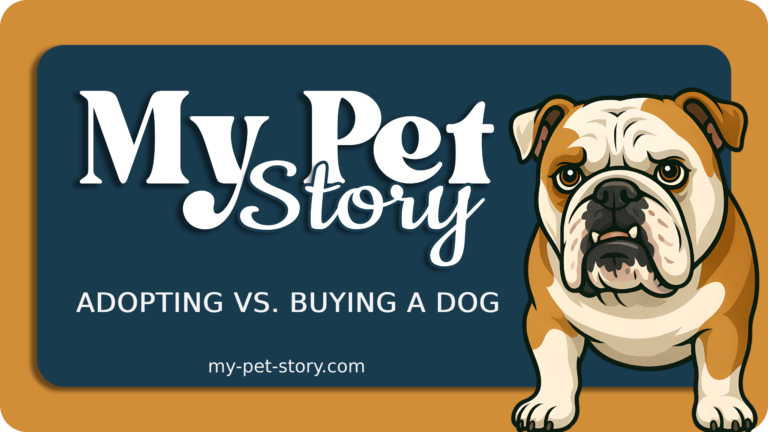How to Stop SeparationAnxiety in Dogs
Separation anxiety is a common issue among dogs, leading to destructive behavior, excessive barking, and distress when left alone. If your dog struggles with being alone, it’s essential to address the problem early with effective training and techniques. Here’s a step-by-step guide to help your dog feel secure and confident when home alone.

1. Recognizing the Signs of Separation Anxiety
✅ Excessive barking, whining, or howling when left alone
✅ Destructive behavior, such as chewing furniture, scratching doors, or digging
✅ Pacing, restlessness, or excessive drooling
✅ Attempts to escape (damaging crates, doors, or windows)
✅ Urinating or defecating indoors, despite being house-trained
2. Start with Gradual Desensitization
🔹 Short Departures: Begin by leaving your dog alone for a few minutes and gradually increase the time.
🔹 Calm Exits & Returns: Avoid dramatic goodbyes and greetings—stay neutral to prevent reinforcing anxiety.
🔹 Practice Alone Time While Home: Encourage independence by having your dog stay in a separate room while you’re home.
3. Create a Safe & Comfortable Environment
🐶 Use a Crate or Safe Space: A crate can be a secure retreat if introduced positively. Otherwise, use a designated room with their bed and favorite toys.
🎵 Soothing Background Noise: Leave on soft music, TV, or a white noise machine to create a calming atmosphere.
🦴 Enrichment Toys: Puzzle toys, treat dispensers, or frozen Kongs help keep them occupied and reduce anxiety.
4. Establish a Pre-Departure Routine
✔️ Exercise Before Leaving: A well-exercised dog is less likely to be anxious—take them for a walk or play a game before you go.
✔️ Low-Key Departures: Give your dog a treat or puzzle toy as you leave to create a positive association.
✔️ Change Departure Cues: Pick up keys, put on shoes, or grab your bag without leaving to desensitize your dog to these triggers.
5. Training & Behavior Modification
🔹 Counterconditioning: Associate alone time with positive experiences, like giving high-value treats only when you’re away.
🔹 Gradual Alone-Time Training: Practice leaving and returning within seconds, then slowly extend the duration.
🔹 Ignore Attention-Seeking Behavior: If your dog follows you everywhere, encourage independent play and avoid reinforcing clinginess.
6. Consider Professional Help if Needed
🐾 Consult a Trainer or Behaviorist: Severe cases may require expert guidance. Trainers can create structured desensitization plans tailored to your dog’s needs.
🐾 Talk to Your Vet: Some dogs may benefit from anti-anxiety medication or natural supplements to support training efforts.
📖 Scientific Backing: Studies show that structured desensitization combined with positive reinforcement significantly reduces separation anxiety in dogs. Consult veterinary behaviorists for the latest research and methods.
7. Common Mistakes to Avoid
❌ Punishing Your Dog: Anxiety-driven behaviors are not intentional misbehavior—punishment worsens stress.
❌ Making a Big Deal About Leaving/Returning: Emotional greetings reinforce anxiety; stay calm instead.
❌ Over-Reliance on Crating: Crates should be a safe space, not a place of extended confinement.
8. Real-Life Success Stories
📌 Max’s Story: Max, a 3-year-old Labrador, used to howl and chew furniture when left alone. With gradual desensitization, a consistent routine, and puzzle toys, his anxiety reduced significantly in just two months.
📌 Luna’s Progress: Luna, a rescue dog, overcame severe separation anxiety with the help of a professional trainer and counterconditioning exercises. Her owner saw noticeable improvement after 6 weeks of structured training.
Final Thoughts
Separation anxiety is manageable with patience, consistency, and positive reinforcement.
By gradually building your dog’s confidence, providing mental stimulation, and establishing a solid routine, you can help them feel secure when left alone.
🐶 Has your dog struggled with separation anxiety?
Share your experience and tips in the comments!
![]()



